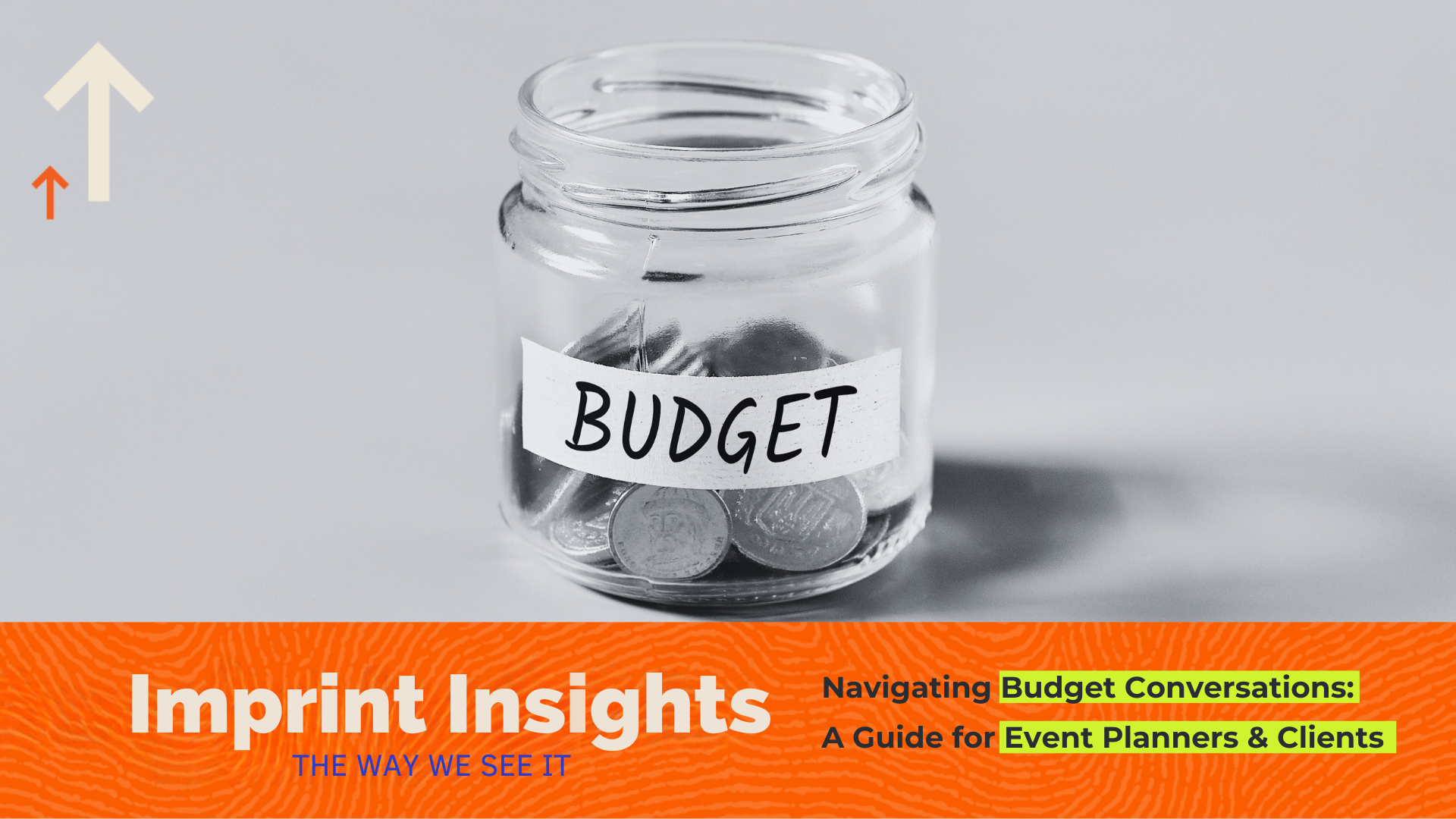Identifying and Solving Common Pain Points in Event Planning
Planning events is a thrilling yet demanding endeavor. Whether you're coordinating a corporate conference, a wedding, or a large festival, specific issues are bound to arise. In this blog, we'll highlight four major pain points in event planning and provide practical solutions to help you tackle them effectively.
Budgeting Constraints
Pain Point: Staying within budget while meeting all event requirements is a common struggle.
Solution: Start with a detailed budget plan, categorizing expenses into fixed and variable costs. Use budgeting tools to track spending in real time and prioritize essential elements. Negotiation is key; always ask vendors for the best possible deals and consider alternative options. Establishing a buffer for unexpected costs can also save you from financial stress. Regularly review and adjust your budget to stay on top of any changes and avoid surprises. Additionally, breaking down your budget into smaller, more manageable chunks can help you stay organized and ensure no detail is overlooked.
Time Management
Pain Point: Balancing multiple tasks and deadlines can lead to stress and last-minute rushes.
Solution: Develop a comprehensive timeline, breaking down tasks into manageable steps. Utilize project management tools like Trello or Asana to monitor progress and delegate responsibilities. Schedule regular check-ins with your team to ensure everything is on track and adjust timelines as needed. Effective time management also means setting realistic deadlines and avoiding overcommitting to tasks. Prioritizing and focusing on critical tasks will help you manage your time better and reduce stress. Incorporating buffer time for unexpected delays can also keep your schedule flexible and manageable.
Vendor Coordination
Pain Point: Coordinating with various vendors can result in miscommunication and delays.
Solution: Establish clear communication channels from the outset. Use collaborative platforms where all parties can share updates and documents. Regular meetings or calls with vendors can help address issues promptly. Building solid relationships with reliable vendors ensures smooth coordination and seamless event execution. Always have backup options in case of vendor issues. Clear and detailed contracts can also help prevent misunderstandings and ensure everyone is on the same page. Additionally, having a single point of contact for vendors can streamline communication and reduce the risk of miscommunication.
Attendee Engagement
Pain Point: Keeping attendees engaged throughout the event can be challenging.
Solution: Incorporate interactive elements such as live polls, Q&A sessions, and workshops to keep attendees involved. Use event apps to facilitate networking and engagement, providing a platform for attendees to connect before, during, and after the event. Offering a variety of activities that cater to different interests can also help maintain engagement. Personalized experiences, such as tailored content sessions and unique breakout activities, can make attendees feel valued and more connected to the event.
Relevant posts
Subscribe to Our Blog
Related Posts
.png?width=900&name=Strategic%20Event%20Planning%20Why%20Clients%20Now%20Demand%20Purposeful%20Experiences%20(1).png)
Strategic Event Planning: Why Clients Now Demand Purposeful Experiences
-1.png?width=900&name=When%20to%20Identify%20Assumption%20vs.%20Assertive%20(1200%20x%20628%20px)-1.png)
How to Plan for the Following Year in Events Management




.png)